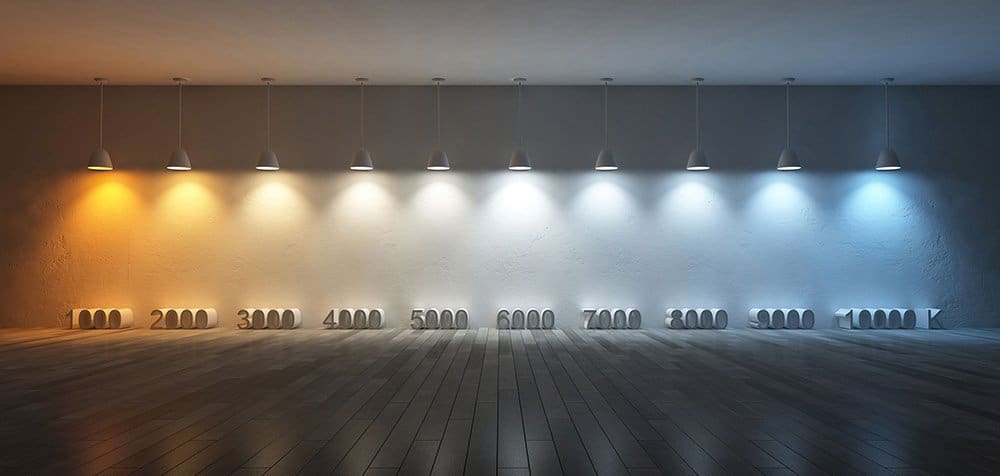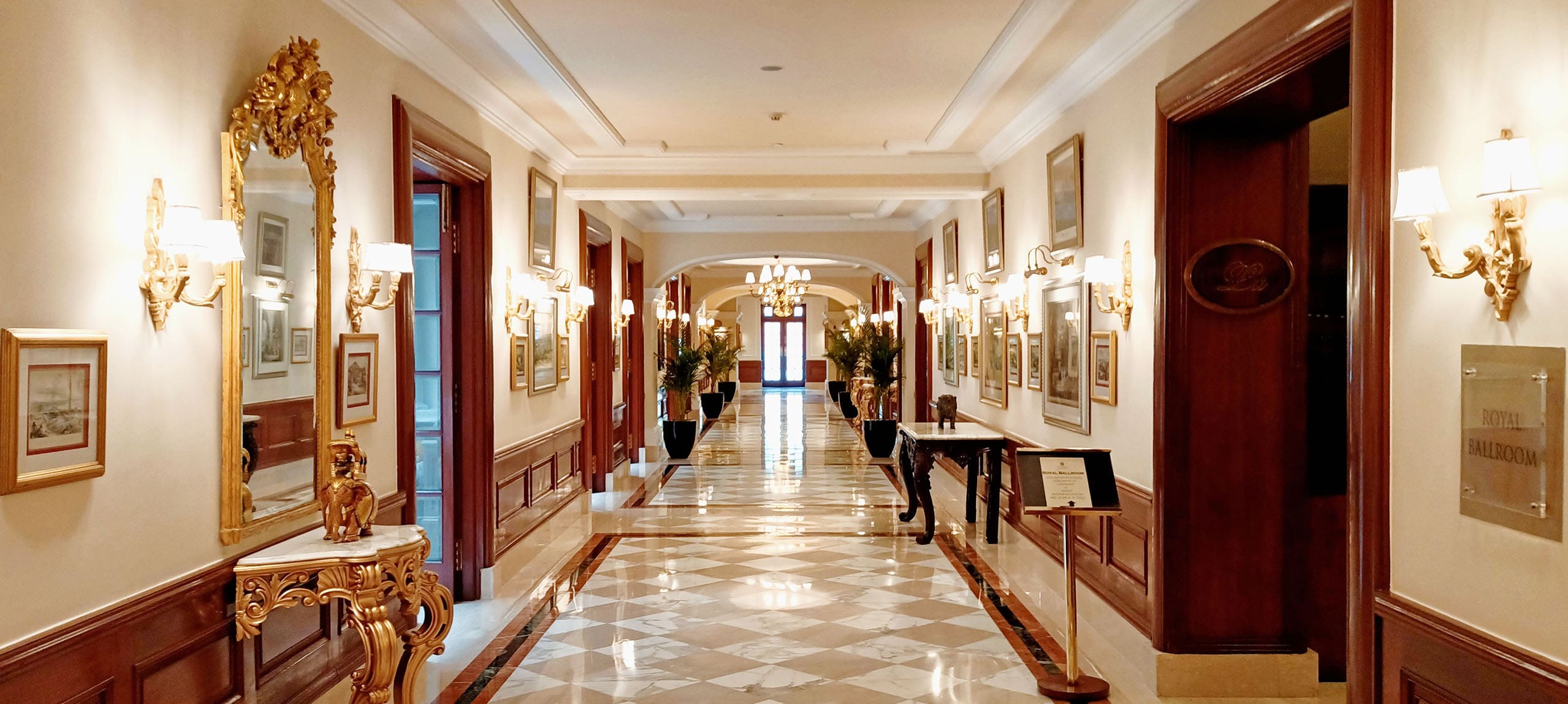The Do's and Don'ts of Lighting for the Hospitality Sector.
When it comes to lighting an environment where people congregate, whether on a simple family vacation or for an important international annual tradeshow, it’s important to consider how much lighting can play in the setting. Even the most tasteful and sophisticated décor, artwork, and interior designs of a space mean nothing, if the lighting doesn’t effectively capture the theme of a given space.
The choice of what kind of lighting to use can be complicated enough in a residential setting. That confusion can often be compounded in a hotel, apartment, or convention center setting. Any gathering place should have lighting that will provide the most welcoming experience possible to its guests. Fortunately, with a little bit of forethought, this doesn’t have to be rocket surgery. Consider the following when it comes to hospitality lighting:
Use Consistent Color Temperature
Mismatched lighting is aesthetically displeasing to say the least. Far too often in our travels, we come across lighting with bulbs of different color temperatures in the same fixture. This is often due to a bulb being burned out and replaced with “another bulb” which is more frequently than not, a different color temperature. Where the existing bulbs were 3000K and it was replaced with a 2700K or worse, it was replaced by a completely different bulb type. There is more than just finding another bulb with the same base type to replace a light. Typically these bulbs have a color temperature printed on their base or the outside of the glass. It’s the collective smaller things like this that your clientele will appreciate and make your establishment seem more professional. We all take pride in our businesses, and would hate to give the impression that we do not, by making this simple mistake. Here’s a video overview for using color temperature by Lighting Supply to provide the right atmosphere. Furthermore, depending on your objective for a particular space, dim-to-warm bulbs may be the answer you’re looking for. These bulbs give you the ability to adjust the color temperature by simply adjusting the dimming level.
Use Color Correctly by Understanding CRI
Aside from making sure that all the bulbs in a space are the same color temperature, it is important to consider where the lighting will be used. If you are lighting an office space, front desk, computer lab, or laundry room for example, cooler color temperatures will be better suited for these areas. Bulbs in the 4000K+ range have more of a blue-white hue to them and are better for focus tasks or conveying an alert or clean setting. However, you wouldn’t want to run these same cooler bulbs in the more relaxed setting of a restaurant, hotel room, or lobby. For these areas, warmer bulbs in the 2000-3000K color temperatures are preferable. The wrong color lighting can bring down the mood of your guests. The wrong light at dinner can change the reflected color of your meal and make it look unappetizing. Similarly, after a long day of traveling, the wrong color temperature in the bathroom can affect your appearance drastically. In a nutshell, color is dependent on the setting. Having a basic understanding of the Color Rendering Index (CRI) can help guide you in making an educated choice based on any given environment.
If Using LEDs, Opt for Low-flickering or Flicker Free Bulbs
As more and more lighting designers are transitioning to energy-efficient long-lasting LEDs from halogen or compact fluorescent (CFL) lamps, the bulbs must perform at a satisfactory level. Low voltage direct current (DC) benefits from a smooth continuous flow of power, so flicker is not an issue. The same can’t be said for alternating current (AC) This sine wave in the power signal can create visual ‘pulses’ that appear albeit very quickly. With incandescent lighting on AC power, the relatively slow-changing state of the glowing filament doesn’t exhibit as much flicker, although it’s still there. LEDs on the other hand operate very differently and can show significant flickering. This unwanted effect can be subtle but often causes headaches and fatigue with prolonged exposure. Although not quite the same, consider the refresh rate of a computer monitor, a monitor with a high refresh rate is much easier on the eyes than a low refresh rate. The lower the refresh rate the more pronounced the flickering. High-quality LEDs like those that EmeryAllen offer, can combat this undesirable effect by converting the AC signal internally to a DC signal with specialized electrical components within the bulb housing. This significantly reduces or even eliminates the flicker. Higher-quality LED lamps contribute to a healthier and more productive environment.
Consider Hiring a Lighting Designer
Lastly, if you still feel in over your head, it could be worth considering bringing a lighting designer in the fold to help you develop the use cases and environments you intend to create for your guests. A lighting designer’s entire career is focused on how to best use light for a given setting and budget. There are many resources available in looking for a qualified lighting designer. IALD.org is one of many.
Hospitality lighting can often be overlooked in design implementation, but it doesn’t have to be that way! If you have any questions or would like us to help you make a choice based on your needs, please feel free to reach out to us. We’d be happy to talk!



